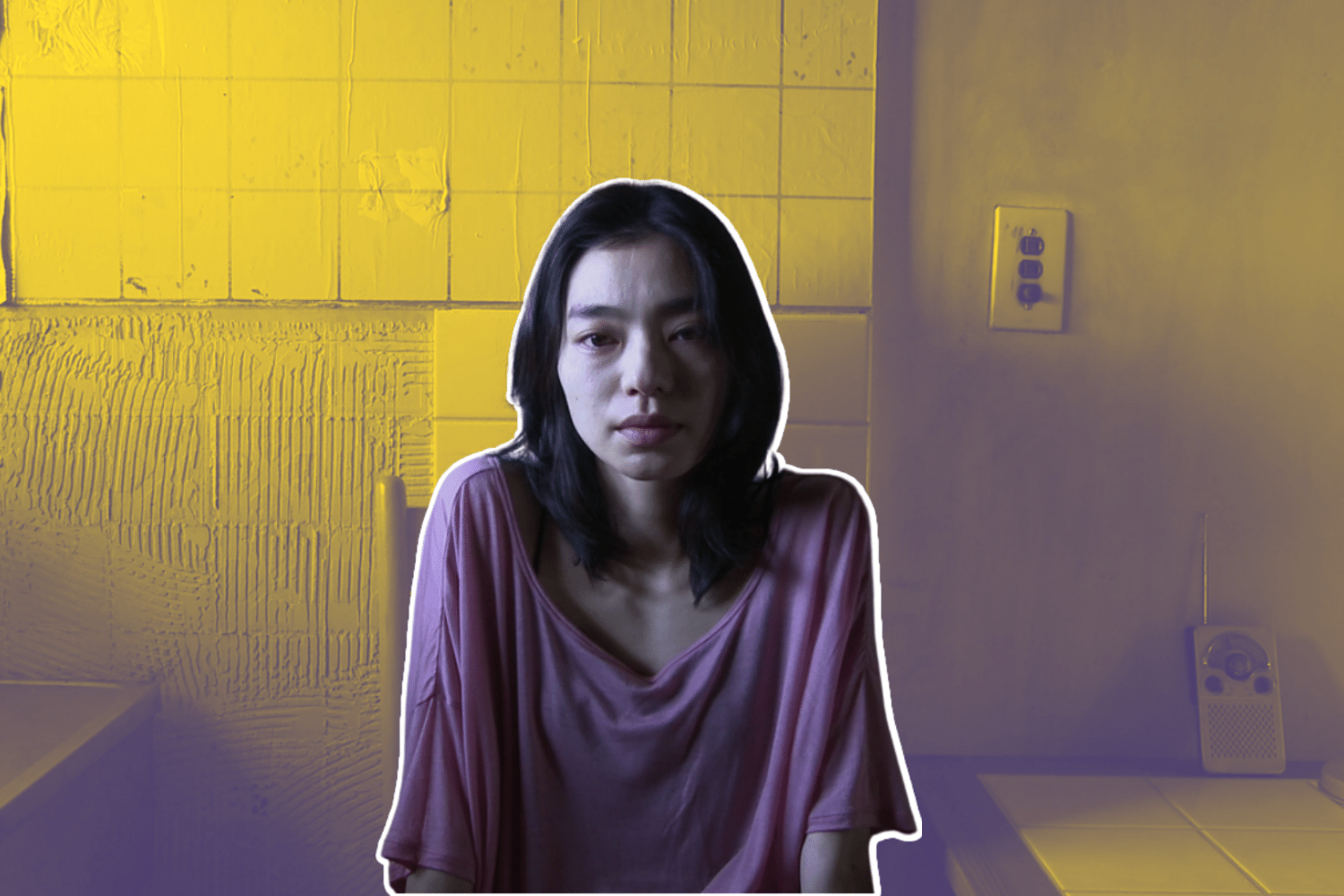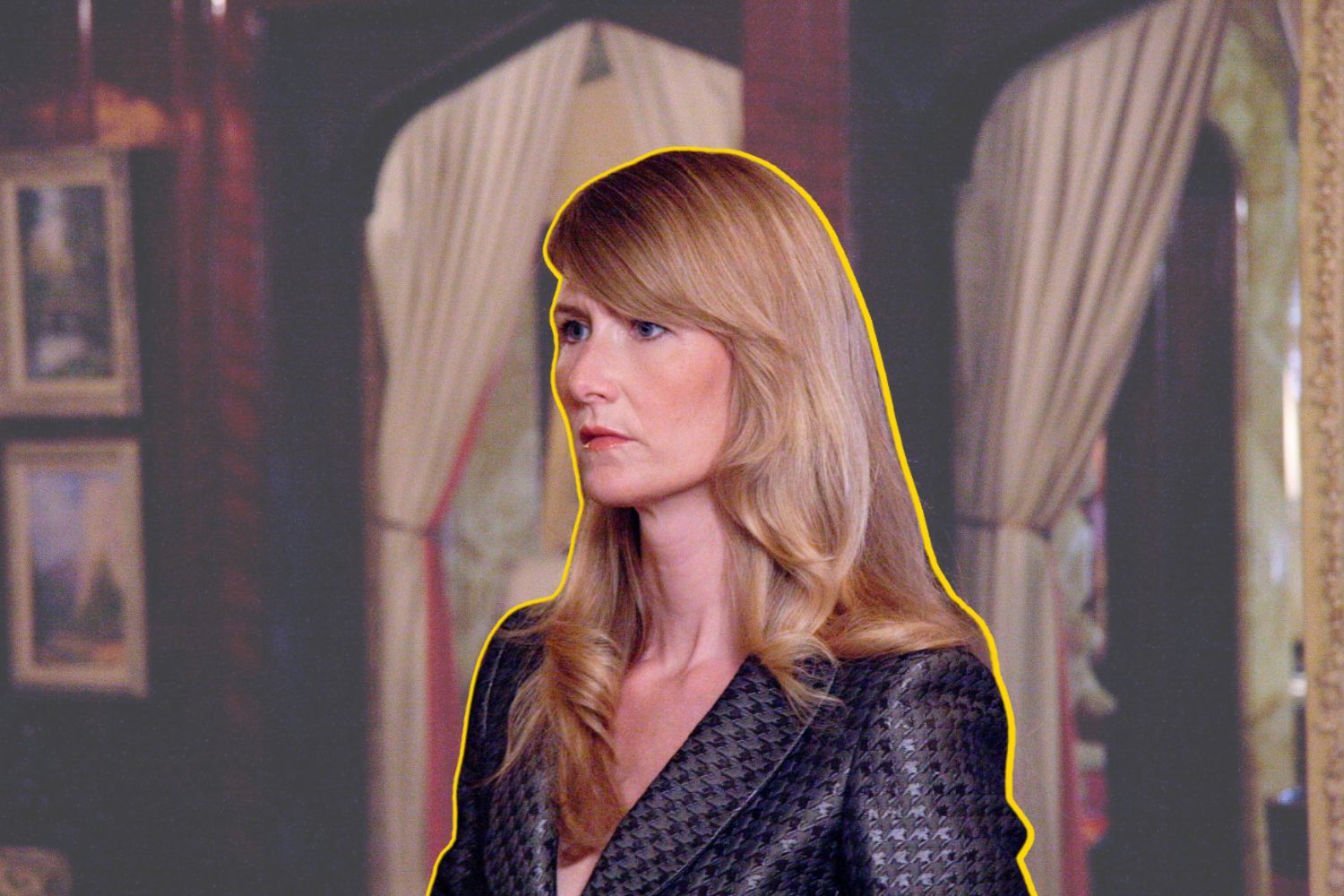Editorials
Finding Empathy in the Madness of ‘Kotoko’
November 4th, 2022 | By Guillermo De Querol

Kotoko isn’t a movie you recommend to someone so much as one you inflict on them. Equal parts a horror film and a journey into the dark recesses of the human mind, this 2011 psychodrama goes straight to the jugular — toeing the line of miserabilism almost to a morally reprehensible degree. Yet those familiar with the work of Japanese cult director Shinya Tsukamoto will be aware of the fact that he’s never been content to play it safe.
In the past thirty years, few filmmakers have bucked conventions, crossed genre boundaries, and dared to go places as deep as Tsukamoto. The underground icon carved a perfect niche for himself in the late eighties and nineties with virtuoso displays of guerrilla filmmaking in Tetsuo: The Iron Man, Tokyo Fist and Bullet Ballet. Much of the conversation on his early output hones in on the director’s avant-garde formalism, experimental techniques, and penchant for graphic violence. But if anything, these unwieldy elements served him as a jumping-off point to peel back the curtain and examine the extremities of the human body against the all-pervasive presence of industrialism and technology.
READ MORE: The Grotesque Perversion of Visitor Q
Having established a fervent following and cemented his global reputation as one of cinema’s foremost purveyors of cyberpunk horror, Tsukamoto cut a deep gash in 2011 with Kotoko. The film plunges viewers headlong into the fractured headspace of the titular single mother (J-pop artist Cocco). Kotoko lives in Tokyo and struggles to take care of her infant son; she also suffers from double visions and nightmarish hallucinations. As her violent episodes escalate and she sinks further and further into delusion, everyone apparently becomes a potential threat for Kotoko, including herself. Fulfilling her parental responsibilities while navigating this nervous breakdown soon proves to be an insurmountable challenge for our titular character, and much to her dismay, she’s suspected of child abuse and deemed unfit to take care of her son.
The film hits all of Tsukamoto’s trademark themes, fusing his career-long obsession with urban alienation and physical transformation from a disturbingly inward perspective. Rather than offering anything remotely resembling a unified narrative, the film mostly consists of a stream of violent episodes in Kotoko’s life — each grislier than the last — all bleeding into each other and curdling into nightmare fuel. And if this brew of gnawing paranoia and self-obliteration is held together at all, it’s mostly with a tour de force performance by singer-turned-actor Cocco that should’ve been showered with accolades.
Though unabashedly a scary movie that falls well within the realm of horror, it’s one that brazenly digresses from traditional genre tropes. The terror and jump-scares in Kotoko are all rooted in the real; a direct outgrowth of the protagonist’s deteriorating mental condition and maternal fears. This makes the film grounded compared to your usual genre fare, if also making its blistering jolt of existential terror all the more unsettling to sit through.
This rollercoaster burrows deep into the pit of human misery and never lets the viewer off the hook over the course of 91 emotionally-fraught minutes. Much like our unreliable narrator, we can never be quite sure at any given moment if what we’re watching unfold is real or a figment of Kotoko’s warped imagination. Through the use of grinding soundscapes, frenetic handheld camerawork, and invasive close-ups, Tsukamoto delivers a truly haunting assault to the senses that ratchets up the tension with an unerring sense of dismay as the boundaries between reality and fantasy dissolve.
Countless films from all kinds of genres have used mental disorders as a narrative trope. Very few, however, have managed to make salient points and help raise awareness about this often-stigmatized taboo subject among moviegoers. Hollywood in particular has a long history of misrepresenting those with mental health conditions in film. This has regrettably led to one too many uncompassionate on-screen portrayals that reduce their ailing characters to a cluster of harmful stereotypes and well-trodden clichés. Me, Myself & Irene and Silver Linings Playbook among others made a mockery out of mental disorders, while Split and Joker further stigmatized them by vulgarly linking mental disorders with violent behavior.
Fortunately, Shinya Tsukamoto manages to avoid the common pitfalls of the set-up. Instead of an irredeemable evil, he presents Kotoko’s condition as a proxy for social exclusion. The movie pursues this idea to radical extremes, not only urging the viewer to empathize with its tortured protagonist, but forcing us to see the world straight through her distorted lens. Though Kotoko is brutally uncompromising in its depiction of violence and conceals plenty of soul-stirring moments that can easily lodge into one’s memory banks, it is nevertheless one of Tsukamoto’s most humane films to date.
In this instance more than any other in his gruesome repertoire, the Japanese provocateur manages to walk a tightrope between pushing our buttons through harrowing imagery without coming off as emotional manipulative or morbidly gratuitous. Hailing from the proud bloodline of A Woman Under the Influence, Possession, Perfect Blue, and Mulholland Drive, the film is aching with compassion for its tortured heroine. Likewise, it casts an unwavering eye on the myriad modern pressures and social norms that engender despair in women, while consciously refusing to reduce Kotoko into any sort of one-note, martyred caricature.
Tsukamoto’s compassion cuts to the very heart of the film. This is most noticeable during the rare moments of respite, whether it’s Kotoko serenely singing by herself to calm her spirit, or having an intimate moment with her baby during a scheduled visit at her sister’s home. Tsukamoto frames these surprisingly tender scenes with warmth and an ethereal mood — almost like a chimerical vision of the harmony that awaits Kotoko once she overcomes her inner demons for good.
The director also inserts himself midway through the story in a supporting role as Tanaka, a middle-aged novelist who stalks Kotoko before falling heads over heels in love with her. Very much on-brand with his creative proclivities, this relationship is not your standard one. But it does make for some genuinely comforting moments, although it’s ultimately not clear if Tanaka is a real person, or just a self-deceptive projection conceived by Kotoko in order to cope with her plight.
Whatever the case may be, this character dynamic deftly underscores the film’s core underpinning — that everyone, no matter how flawed or helpless, is deserving of unconditional love and support. Once you let the reckless violence wash over you, it’s the film’s humanity that resonates. Because if there’s something to be gleaned from this 2011 psychodrama, it’s that Shinya Tsukamoto, for all his splatter-punk bravado, is a moralist at heart.


